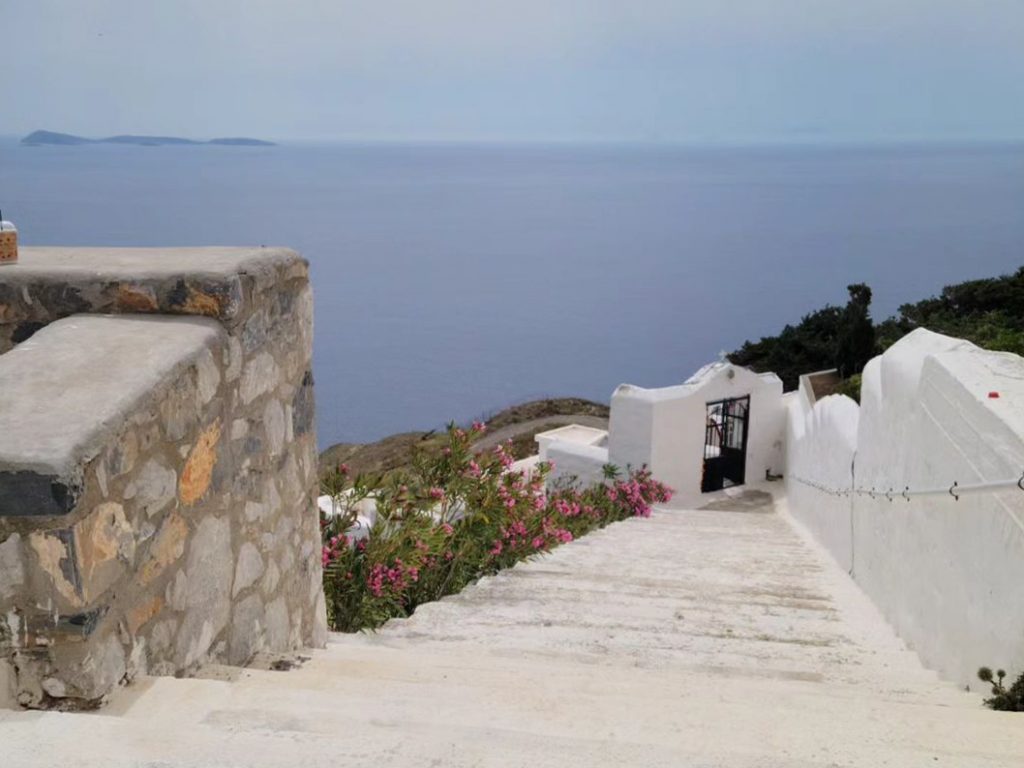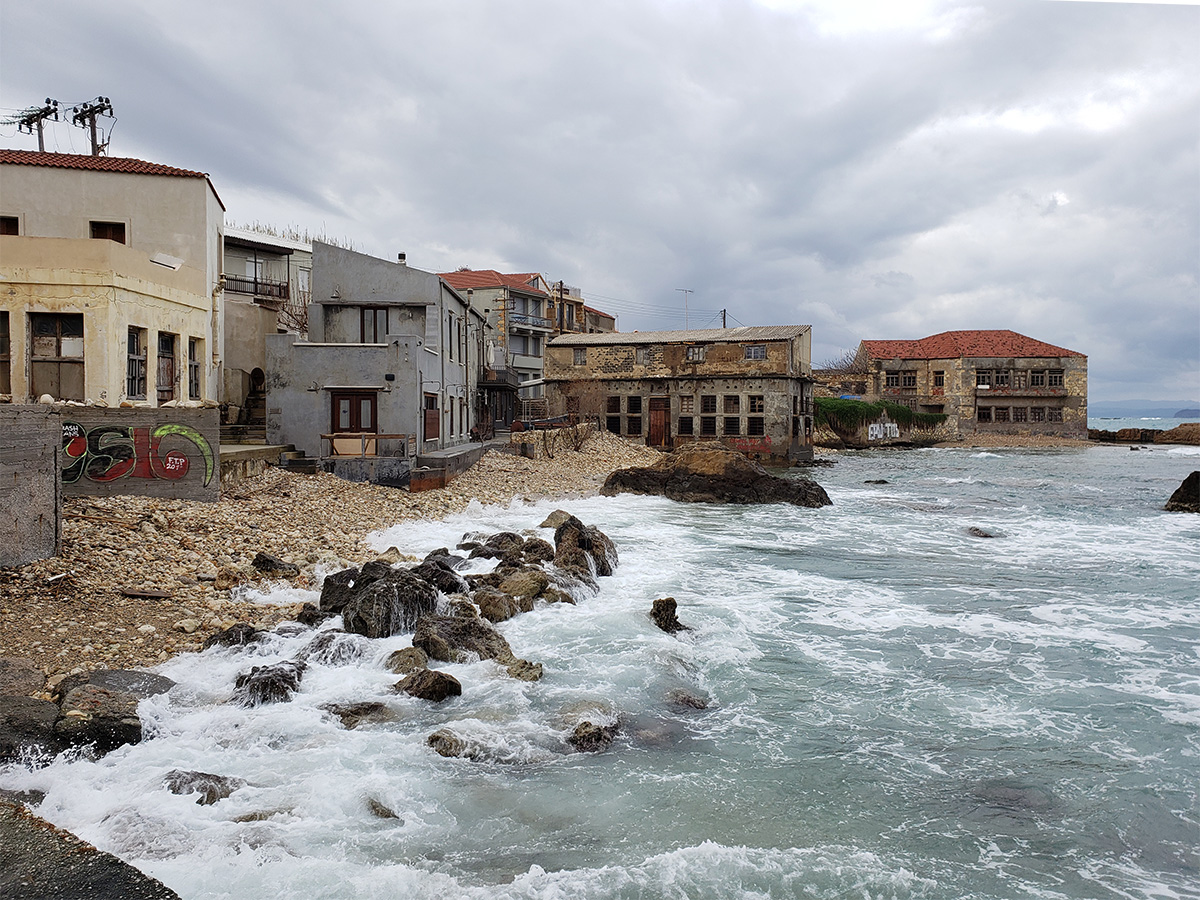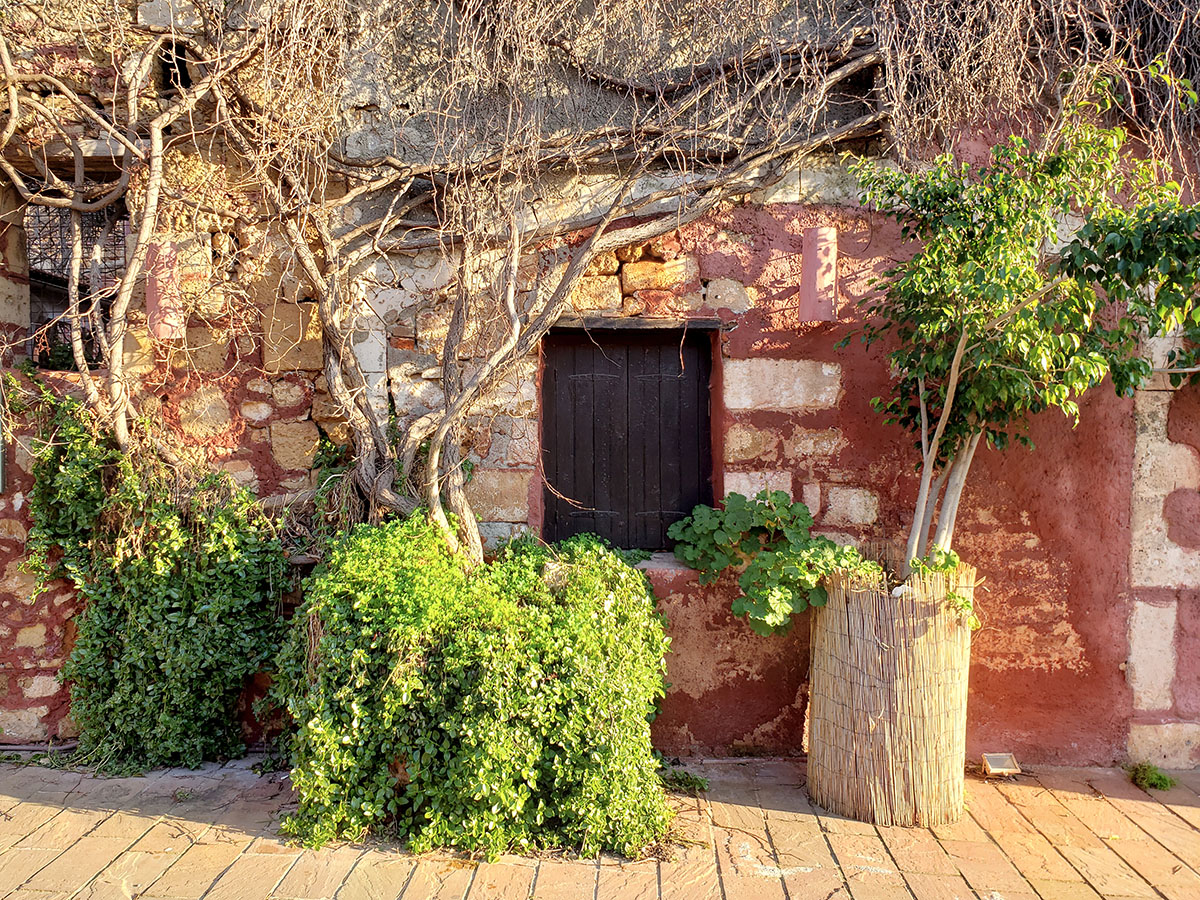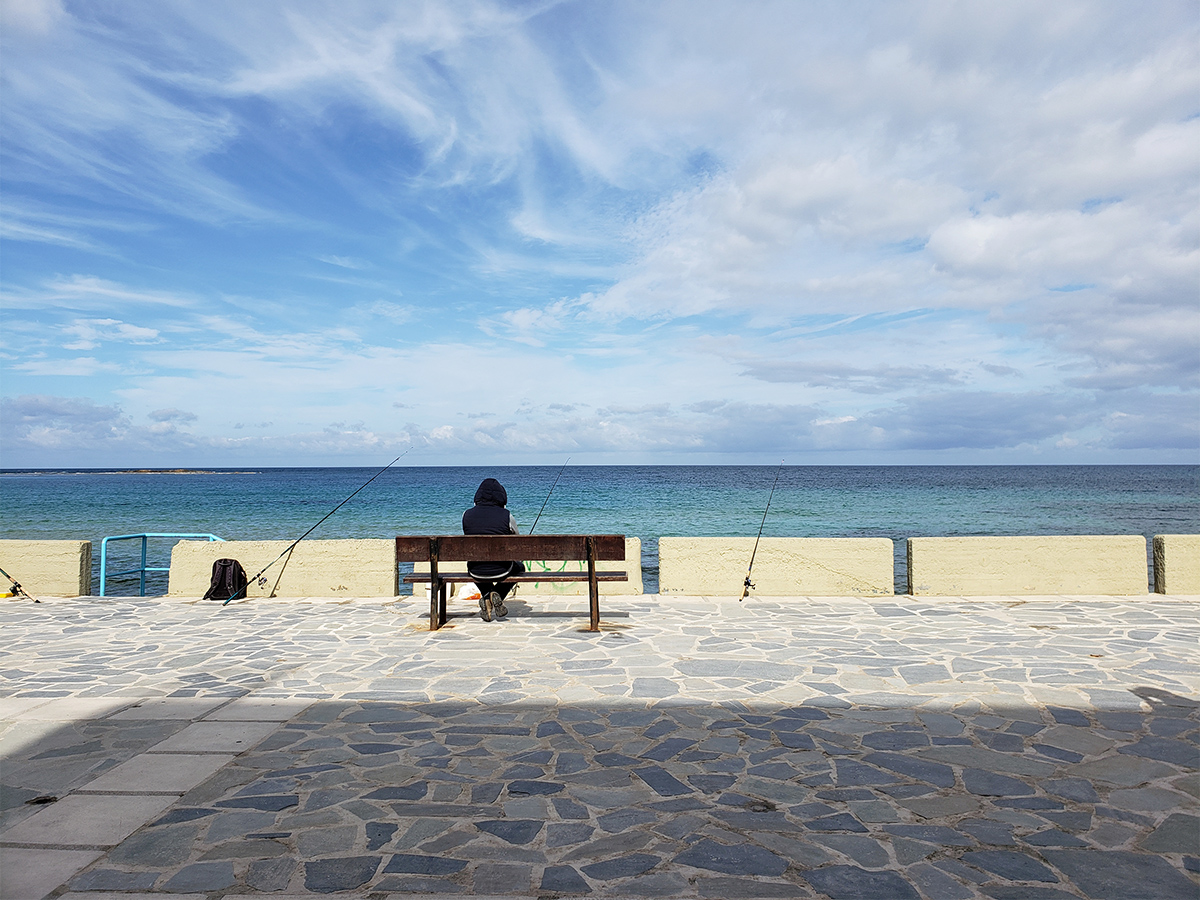
Walking back from dinner, we stumbled on a beautiful sunset. A tiny white chapel across the road from our rental house, which I had initally assumed was abandoned behind its rusty gate, shows signs of life at night with candles flickering in the only window.
Read the full post »









